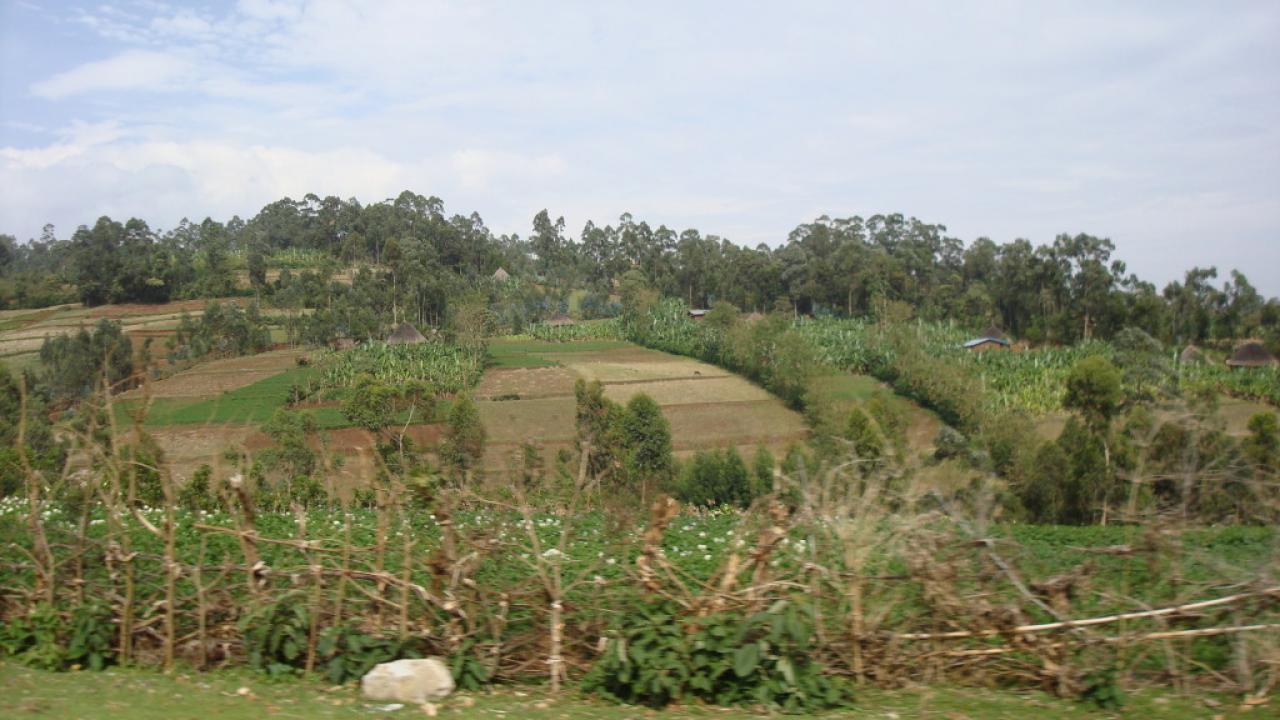
Uninsured risks in rural Bangladesh, in particular to recurrent floods and droughts and to health and disability risks, take a heavy toll on welfare, productivity, income, and asset ownership for small-scale farmers. These risks are a main cause of impoverishment when shocks occur, and they keep people in chronic poverty due to the high cost of self-insurance and the constraint they place on investments in greater productivity. Crop insurance, particularly index-based insurance, has been explored as a possible risk transfer instrument, but success has been limited.
Established micro-finance institutions may be able to adapt their traditional financial products to meet these farmers’ demands for risk management tools. However, these products would need to be made more flexible and not compromise clients’ ability to save and repay loans. They would also be contingent on exposure to verifiable health and weather shocks. Combining these products with technological innovations, such as improved seed varieties, could also help them better reach and protect farmers.
The Feed the Future Innovation Lab for Assets and Market Access is supporting a collaborative research project between the University of California Berkeley, BRAC and IRRI to explore how risk-reducing technology, motivated and dedicated savings, and indexed pre-approved lines of credit can be combined to provide protection against risk.
Project Summary
In this project, AMA Innovation Lab researchers will work together with BRAC and IRRI partners in Bangladesh to design and offer a portfolio of risk-handling instruments to smallholder farmers and rural inhabitants. In particular, this research will explore the implications and impacts of combined risk-reducing technological innovations (drought-tolerant rice varieties) with risk-handling financial instruments (flexible dedicated savings and indexed contingent preapproved lines of credit).
Drought tolerant seeds have the potential to handle less extreme weather stresses, such as low rainfall, but these crops will still fail in extreme drought conditions. Risk beyond this level will be handled with the new financial instruments. The flexible credit will be tied to a trigger, such as an index for covariate weather shocks or a verifiable event for idiosyncratic shocks such as a medical expenditure. For borrowers with high credit scores, access to emergency contingent credit would be triggered by these indexes and events.
A savings account for risk management would be held for precaution, restricted to verifiable emergency conditions in order to create an incentive not to withdraw for other reasons. In this way, the financial and agricultural technologies will create layers of risk management for vulnerable farmers and rural populations.
Anticipated Impacts
If this new risk management portfolio, using both financial and technological instruments, proves effective, this would be a breakthrough in the capacity of smallholder farmers and rural inhabitants to handle risk. There could be massive diffusion throughout the BRAC network and the microfinance industry more broadly.
